Interstate 70
This is the main artery running through the center of Colorado, heading through Denver and into the Rocky Mountains. Interstate 70 travels over two large mountain passes as it winds through the Rocky Mountains: Vail Pass and the Continental Divide.
Interstate 70 also includes several hundred miles of highway through the Great Plains of Eastern Colorado.
Notable landmarks on I-70 while traveling through the mountains include the Eisenhower-Johnson Memorial Tunnel and Glenwood Canyon.
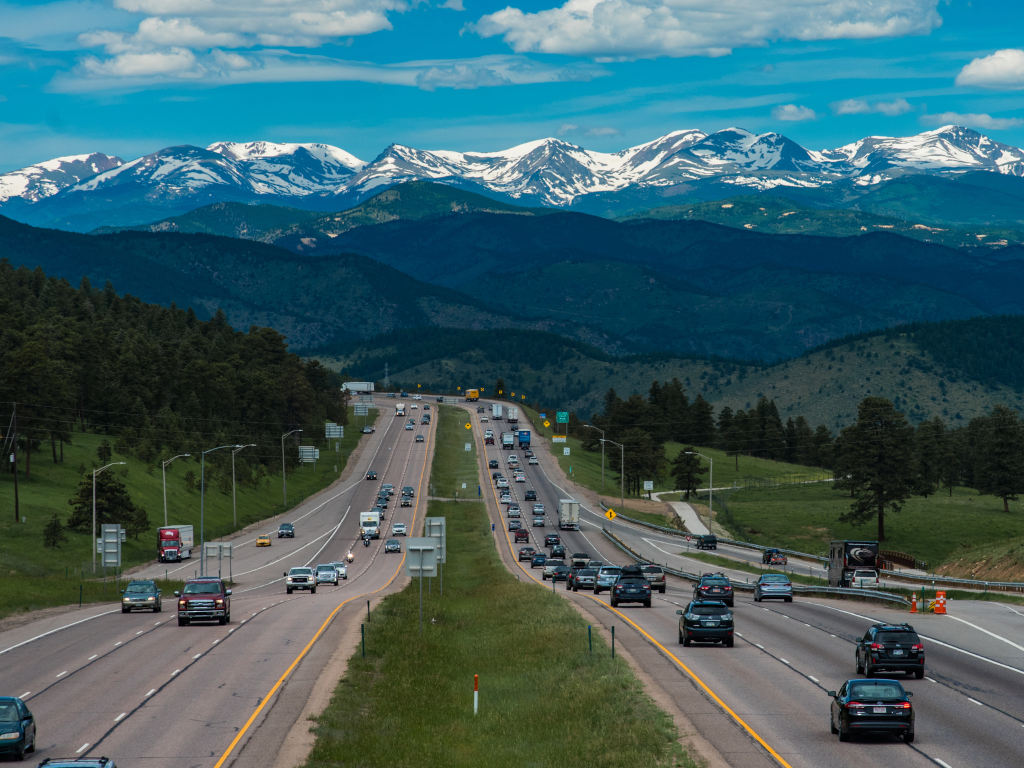
Seasonal Info
I-70 is open throughout the year, but there will be temporary closures for weather and maintenance in certain parts of the mountains.
Photo Gallery
Eisenhower-Johnson Tunnel
This tunnel takes travelers through the Continental Divide at an elevation of just over 11,000 feet. The tunnel is located on I-70, approximately 50 miles to the west of Denver.
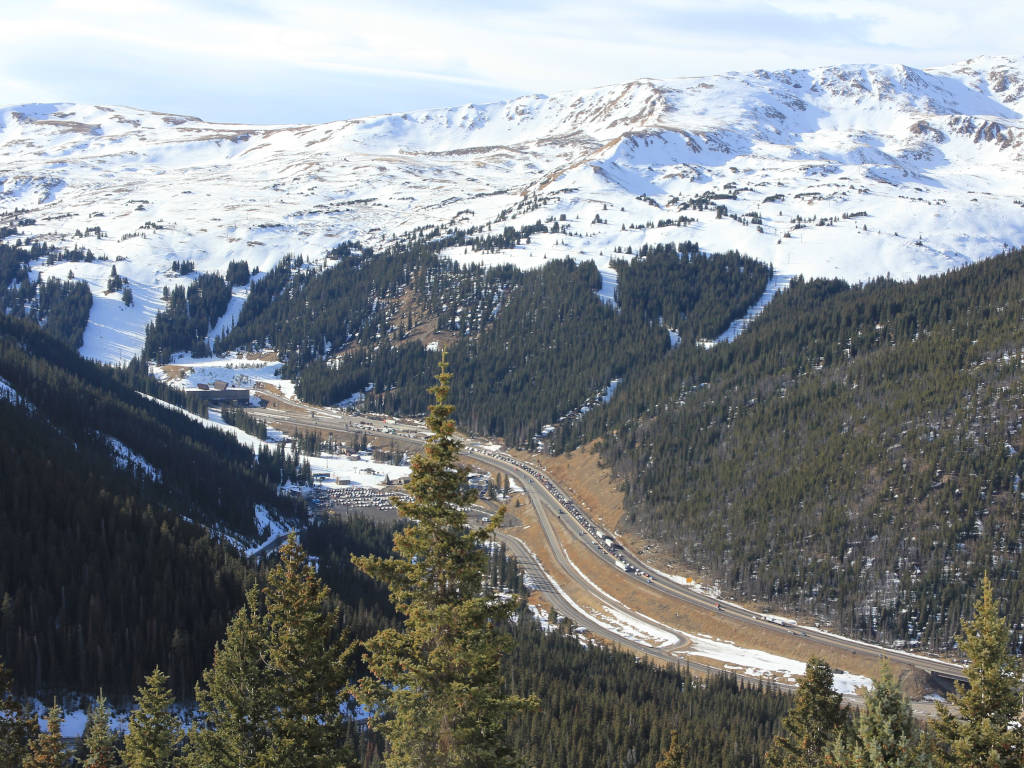
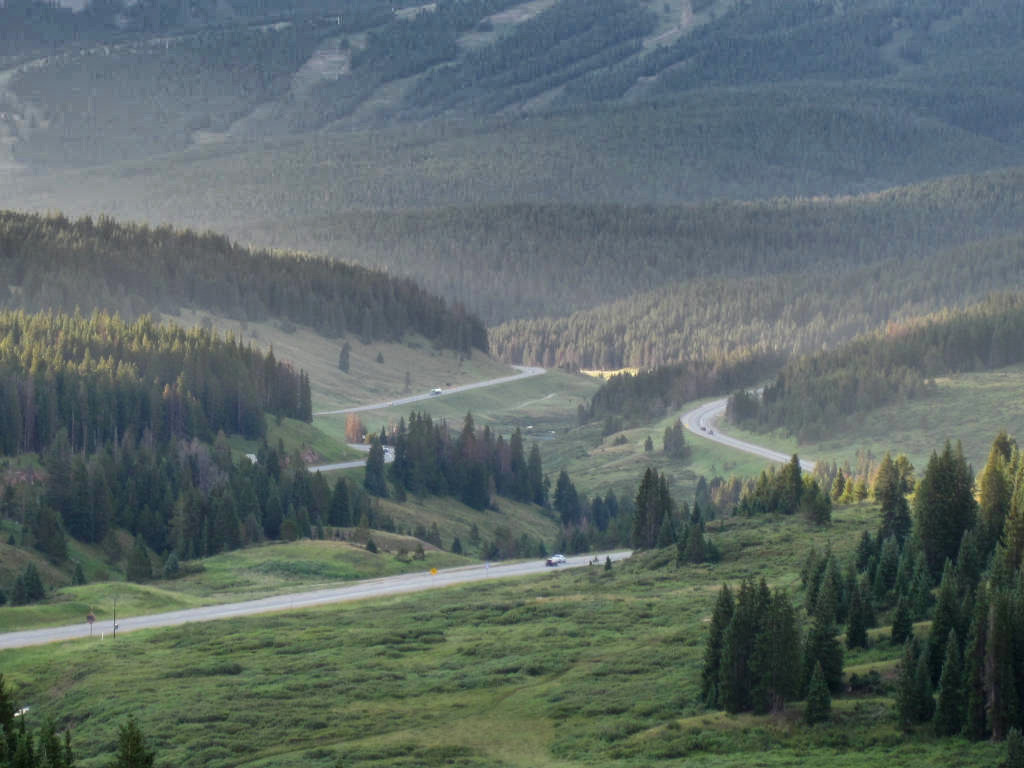
Vail Pass
Vail Pass is located between Copper Mountain and the Vail Ski Resort, and it also separates Summit County from Eagle County.
Glenwood Canyon
Glenwood Canyon is a picturesque section of I-70 where you will find the Colorado River flowing alongside two separate elevated roadways.
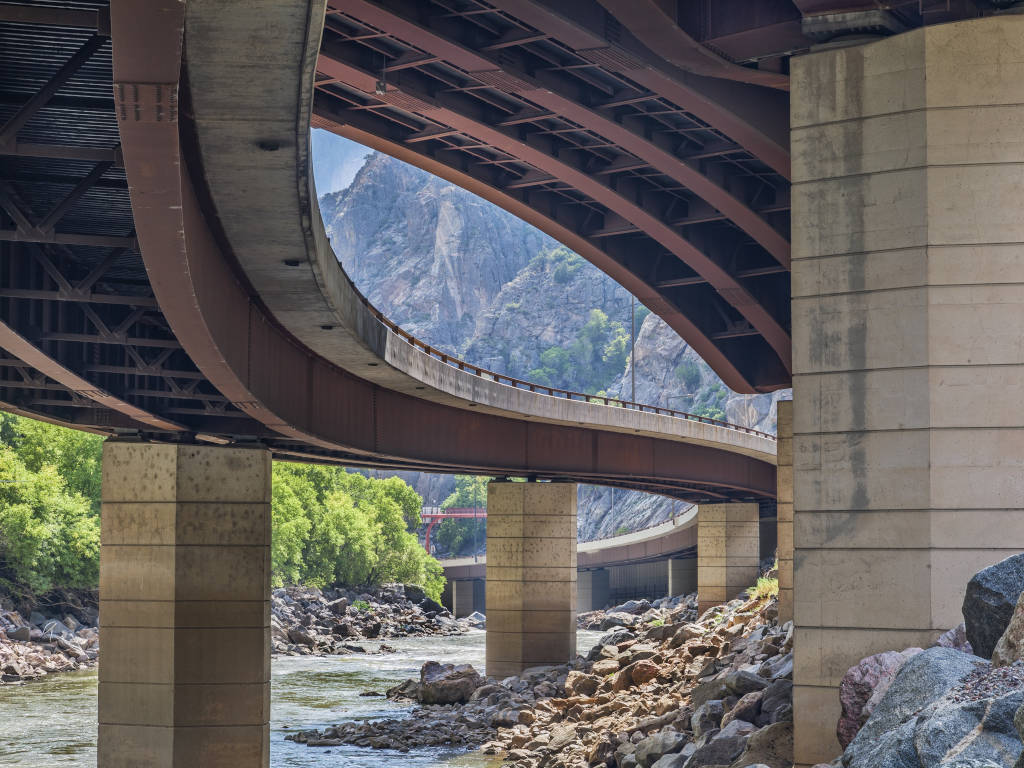
Ascending Through The Foothills of the Rocky Mountains
I-70 ascends through the foothills of the Rocky Mountains just outside of Denver. This is a formidable test of your vehicle’s engine on the way up, and on the brakes while traveling back down.
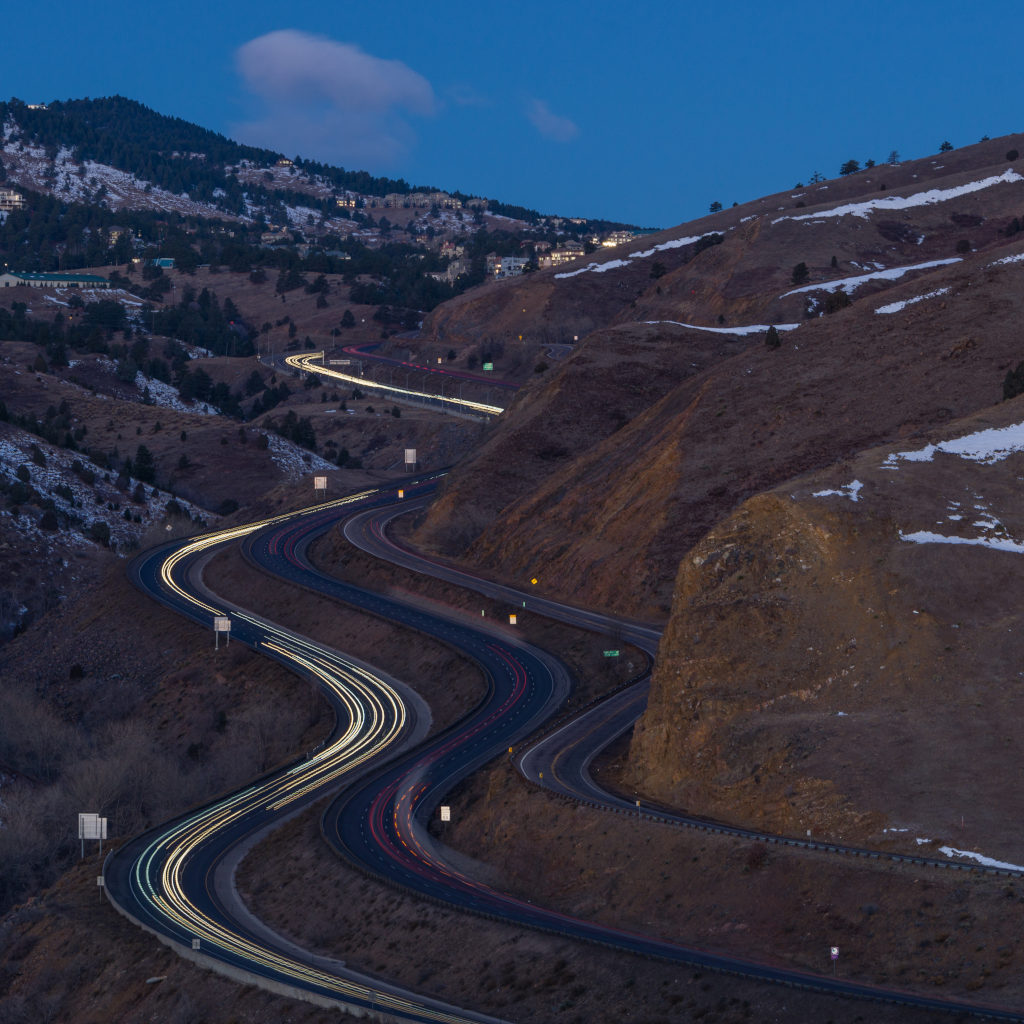
I-70 History
The first part of I-70 in Colorado was opened to the west of Denver in 1961, heading as far west as Idaho Springs. Expansion in both directions followed, with the portion of the interstate to the east of Denver being completed in 1977.
The last part of I-70 to be completed through Colorado was in Glenwood Canyon. Construction of the elevated highway through Glenwood Canyon began in 1981 and finished in 1992.
Alternate Routes – Highway 40 (to the north) and Highway 50 (to the south) can both provide alternate routes through the state if I-70 has a major closure through the mountains. The nearest cross-country interstate route is I-80 to the north.
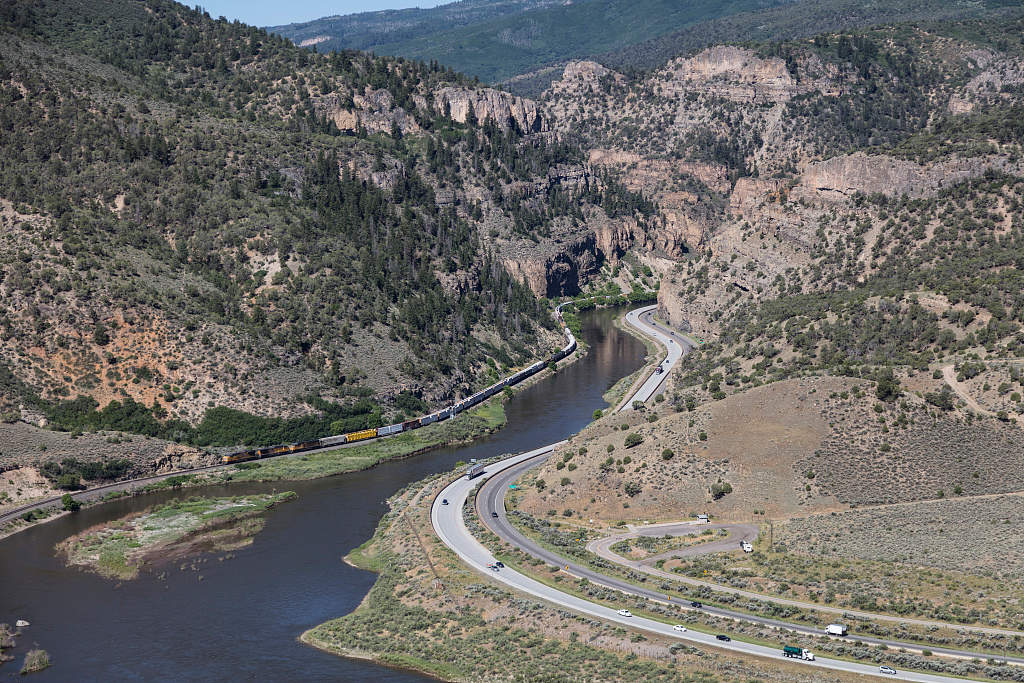
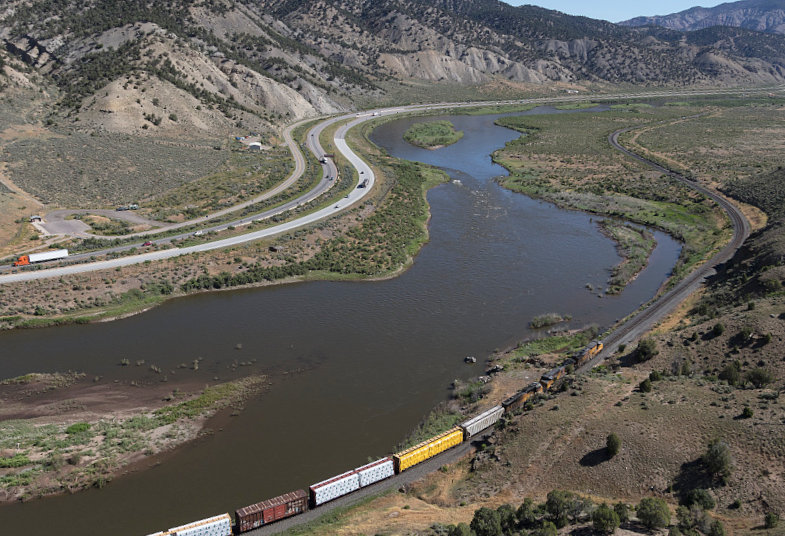
Did You Know?
The Federal-Aid Highway Act of 1944 and the Federal-Aid Highway Act of 1956 are responsible for the construction of I-70. Original plans did not include an interstate to the west of Denver. Lobbying by representatives from Colorado and Utah was needed in order to make this happen in 1956.
